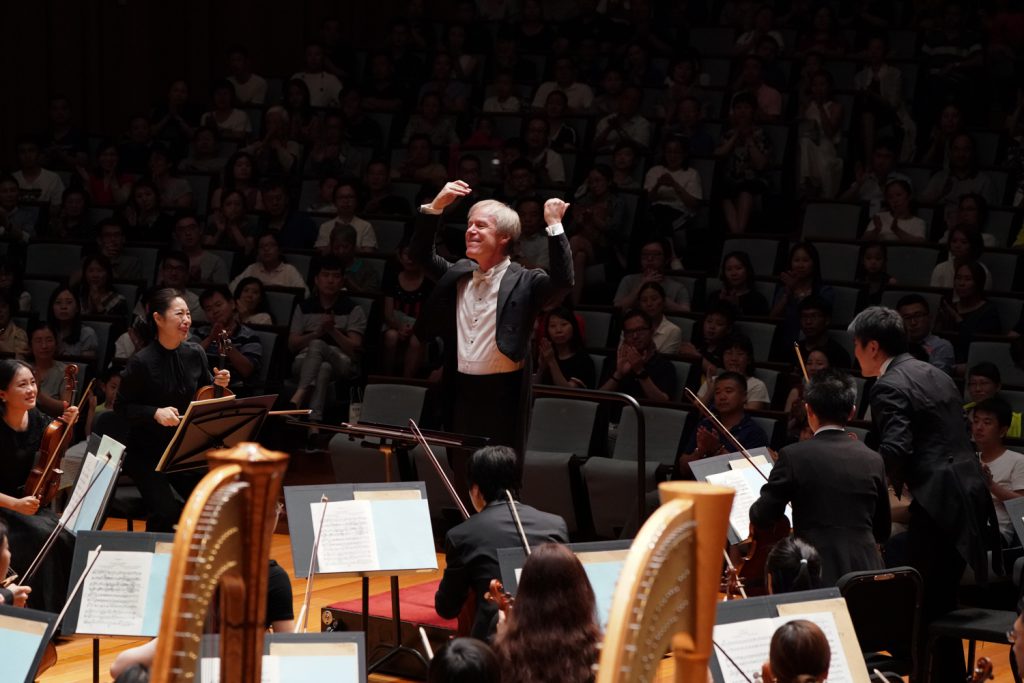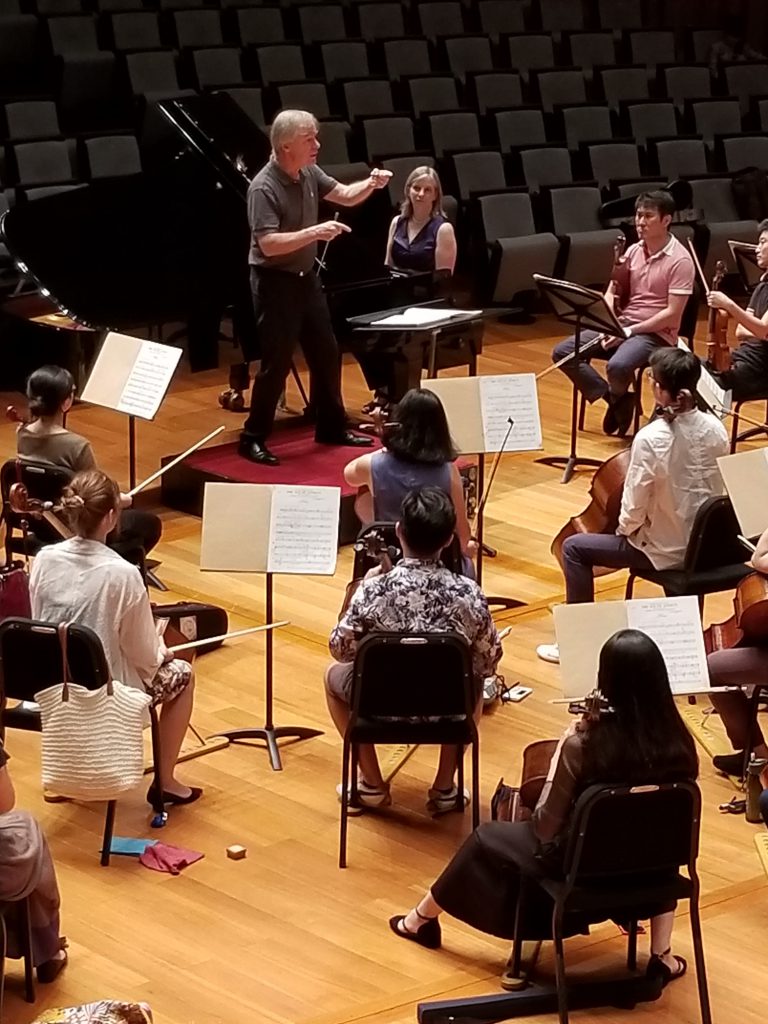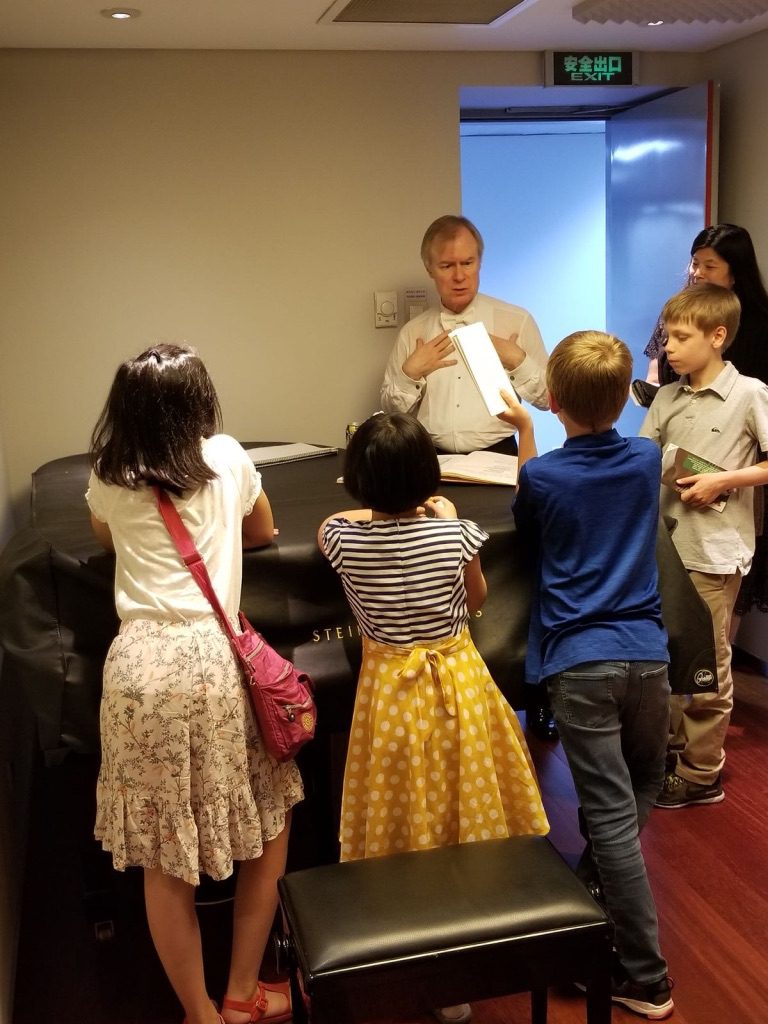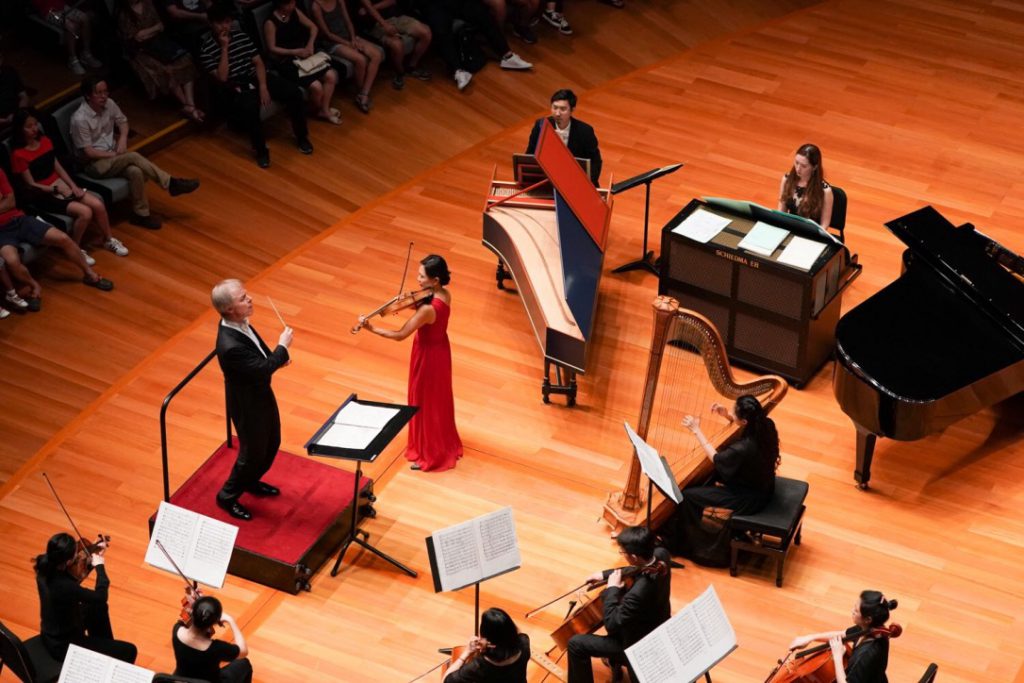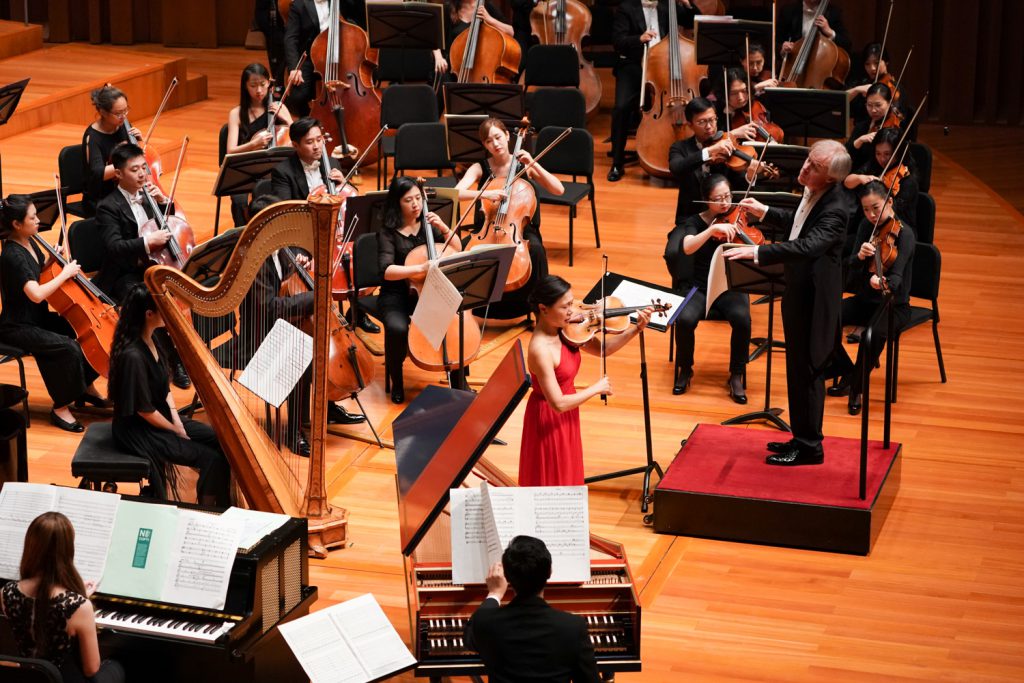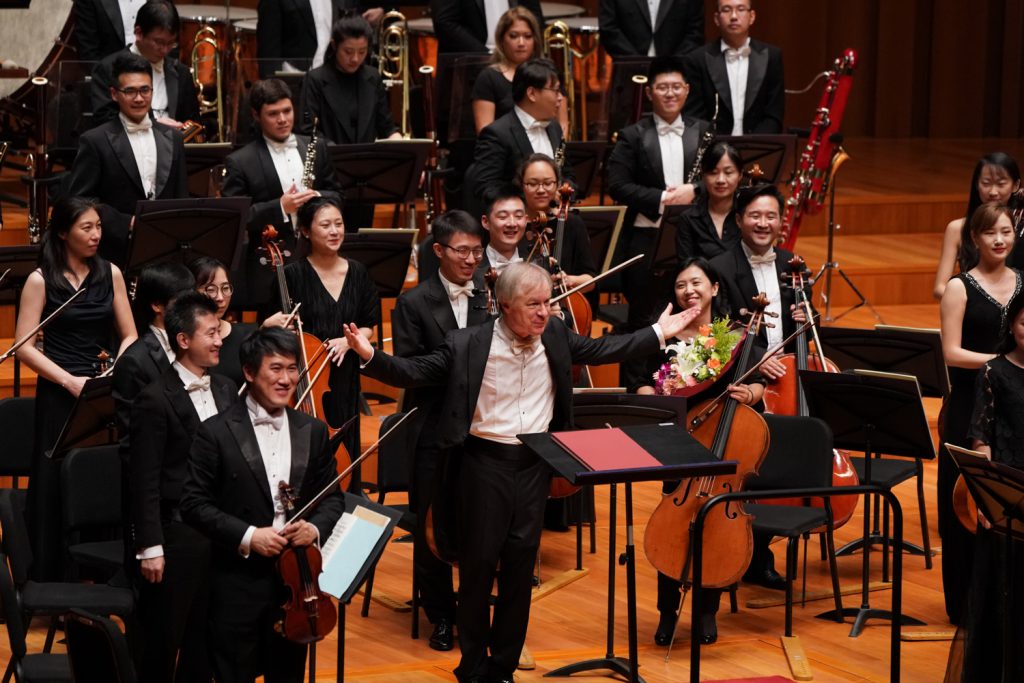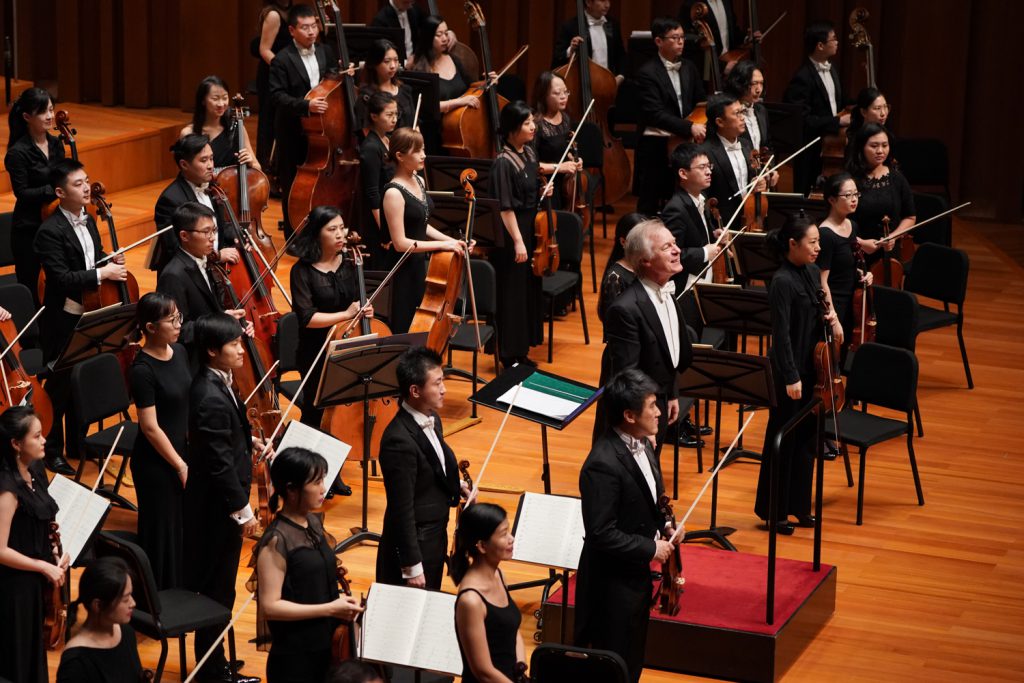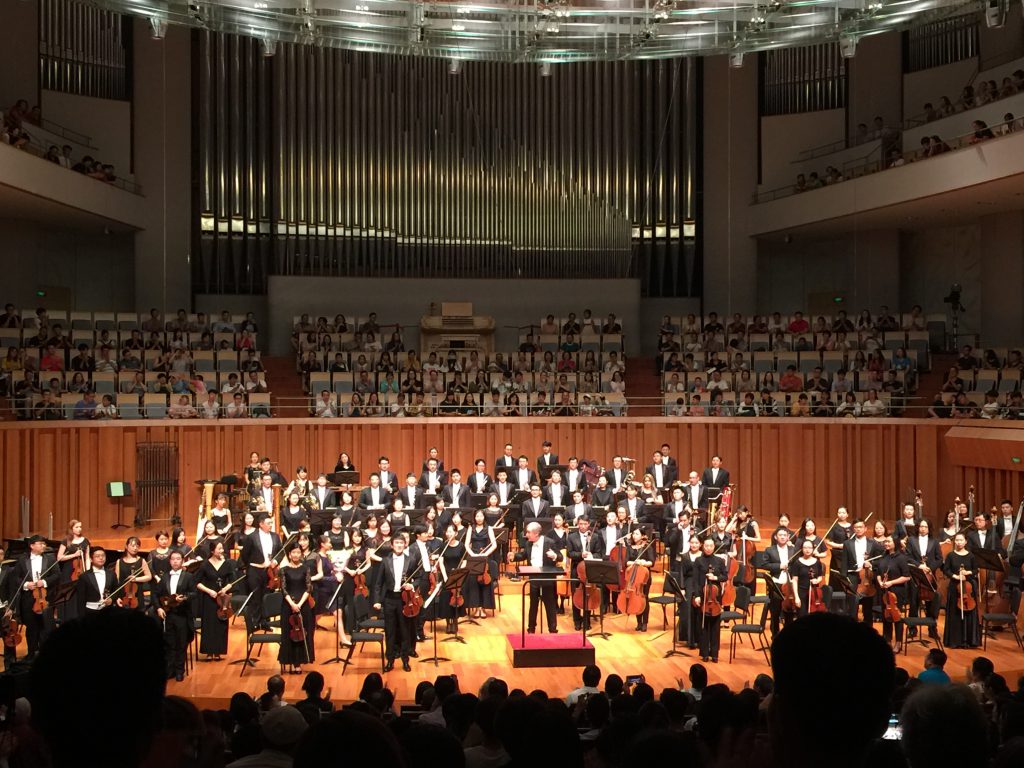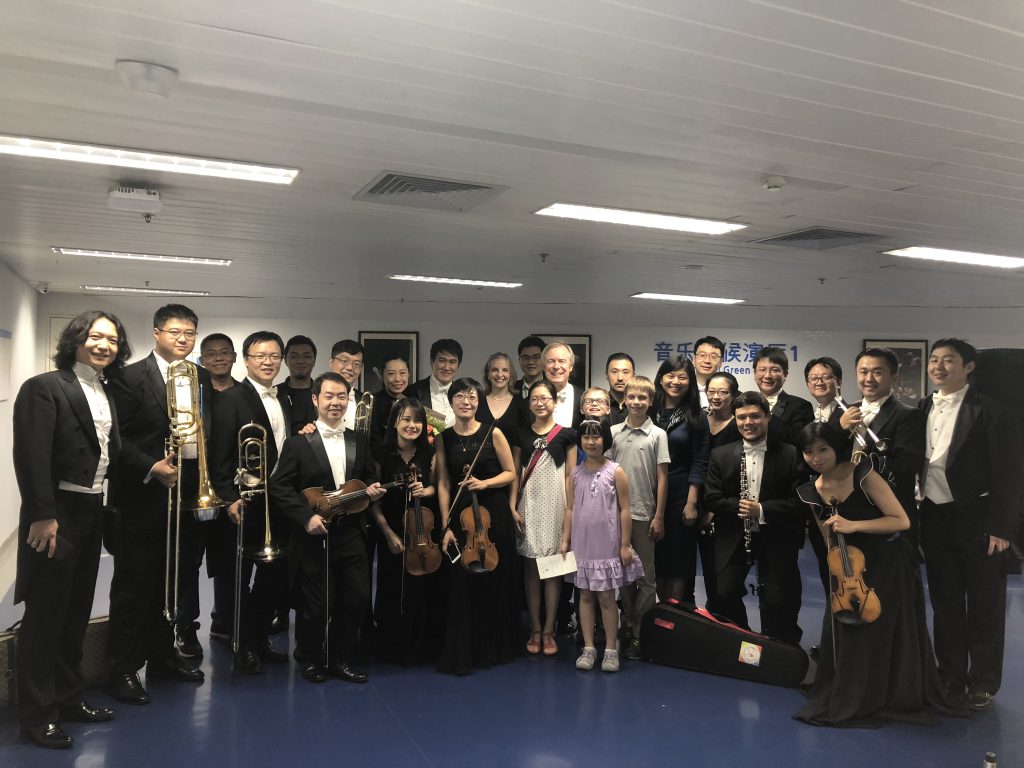musings
On Making Music in Beijing
My recent concerts in Beijing with the China NCPA Orchestra – at the spectacular National Center for the Performing Arts – were framed as an opportunity to experience the changes that classical music has taken over the past hundred years. Two programs included Stravinsky’s Petruschka and Bernstein’s Symphony No. 2 (The Age of Anxiety), Alfred Schnittke’s Viola Concerto, and Short Ride in a Fast Machine, a now nearly ubiquitous work by my musical compatriot, John Adams. The compositions span about 75 years (1911-1986), and a range of musical ideas, some of which fairly directly reflect the moment and place in which they were written. There is the argument that the world changed more in the 20th century than all the centuries that preceded it, and that transformation is certainly profound. But stepping into the 21st century, if only in the realm of music, with its digital bridge between cultures, the rapid, two-way elevation of interest in ‘classical’ music between East and West, and the relative ease of communication and exchange of ideas is head-spinning and exhilarating in a whole, new way. Making music with a new orchestra (this was my first visit to the China NCPA Orchestra, and I hope the first of many), is never just about the musical selections, but about the creative energy, ideas, and even heritage – among other things – that musicians and conductors alike bring to the stage. China’s interest in classical music, both as import and export, has been codified over the first years of the 21st century (I can think of more than a few Chinese musical artists who are now recognized internationally, and European and American Orchestras now regularly visit China). The wonderful discovery for me in Beijing, was what the young, extraordinarily talented musicians contributed to the music-making, their influences or interpretive tendencies, questions in rehearsal or even interesting quirks. It seems to me that the playing field of classical music is now bigger and more secure than ever, clearly spanning more continents than its origins suggest, and that its future is about collaboration, from many points of view.
